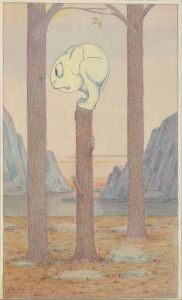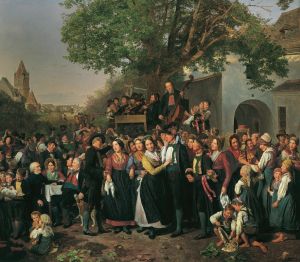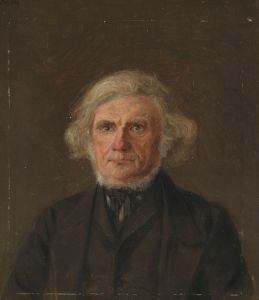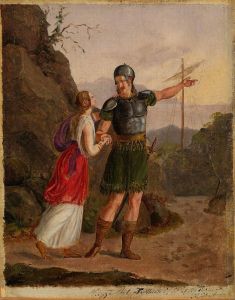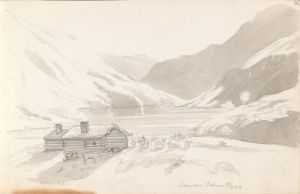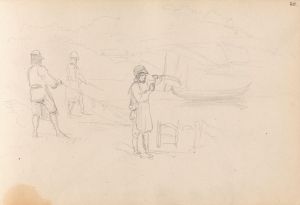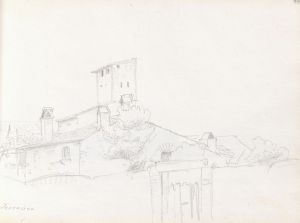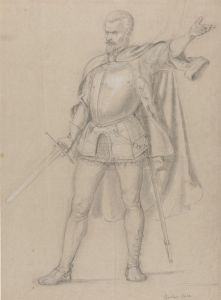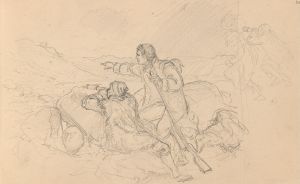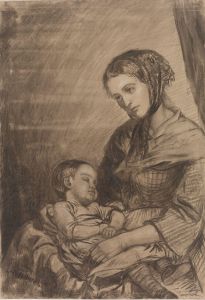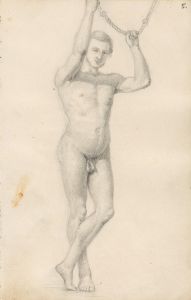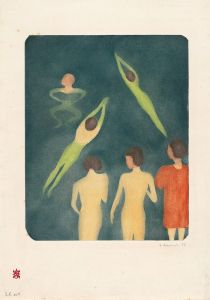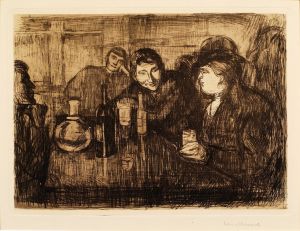
Ryggvendt kvinnefigur
A hand-painted replica of Adolph Tidemand’s masterpiece Ryggvendt kvinnefigur, meticulously crafted by professional artists to capture the true essence of the original. Each piece is created with museum-quality canvas and rare mineral pigments, carefully painted by experienced artists with delicate brushstrokes and rich, layered colors to perfectly recreate the texture of the original artwork. Unlike machine-printed reproductions, this hand-painted version brings the painting to life, infused with the artist’s emotions and skill in every stroke. Whether for personal collection or home decoration, it instantly elevates the artistic atmosphere of any space.
Adolph Tidemand was a prominent Norwegian painter in the 19th century, known for his detailed and realistic depictions of Norwegian folk life and traditions. One of his lesser-known works is "Ryggvendt kvinnefigur," which translates to "Woman Figure Seen from the Back." This painting, like many of Tidemand's works, reflects his interest in capturing the essence of Norwegian culture and the everyday lives of its people.
Adolph Tidemand was born on August 14, 1814, in Mandal, Norway. He studied art in Copenhagen and later in Düsseldorf, where he became part of the Düsseldorf school of painting. This movement was characterized by its attention to detail, use of color, and emphasis on narrative and historical themes. Tidemand's work often focused on the rural life of Norway, portraying scenes of traditional customs, costumes, and landscapes.
"Ryggvendt kvinnefigur" is a fine example of Tidemand's skill in capturing the human form and the subtleties of posture and clothing. The painting depicts a woman seen from behind, which is a somewhat unusual perspective that invites viewers to imagine her face and emotions. This choice of perspective might suggest a focus on the anonymity and universality of the figure, allowing her to represent any woman from that era and region.
The woman in the painting is dressed in traditional Norwegian attire, which Tidemand often used to emphasize the cultural heritage of his subjects. The clothing is depicted with meticulous attention to detail, showcasing the textures and patterns typical of Norwegian folk costumes. This focus on traditional dress was part of Tidemand's broader effort to document and preserve Norwegian cultural identity during a time of national romanticism, when there was a growing interest in Norway's history and traditions.
Tidemand's paintings, including "Ryggvendt kvinnefigur," are noted for their narrative quality. Although this particular work does not depict a specific story, the choice of subject and the detailed rendering of the costume suggest a connection to the broader themes of Norwegian rural life and the role of women within it. The painting invites viewers to consider the daily lives and experiences of women in 19th-century Norway, reflecting Tidemand's interest in the social and cultural aspects of his homeland.
Throughout his career, Tidemand collaborated with other artists, most notably Hans Gude, with whom he created several famous works, such as "Bridal Procession on the Hardangerfjord." While "Ryggvendt kvinnefigur" may not be as widely recognized as some of his other paintings, it remains an important piece within his oeuvre for its representation of Norwegian identity and its contribution to the documentation of cultural history.
Adolph Tidemand's legacy as an artist is significant in Norway, where he is celebrated for his role in the national romantic movement and his dedication to portraying Norwegian life with authenticity and respect. His works continue to be studied and appreciated for their historical and cultural value, offering insights into the 19th-century Norwegian society and the artistic movements of the time.





